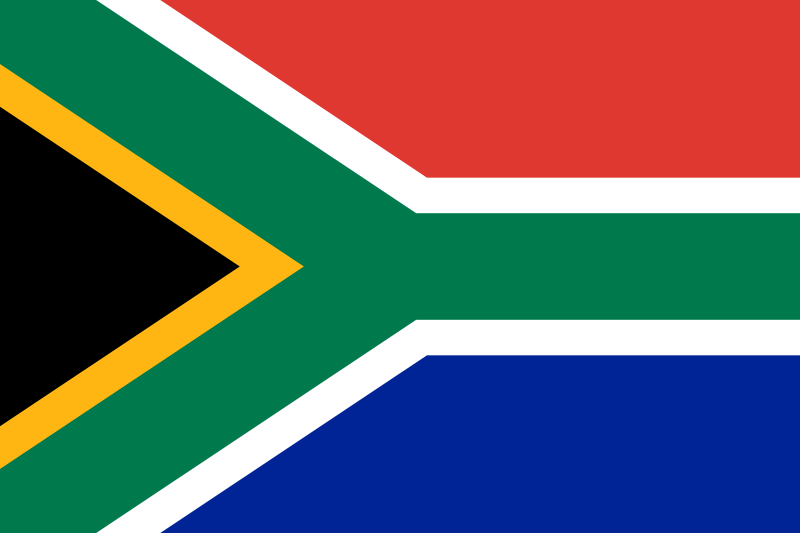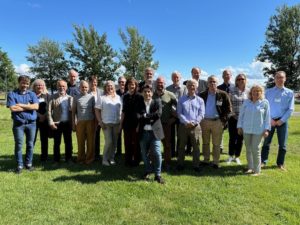

South Africa: High Demand from the Tourism Sector
With South Africa’s sunny climate and its population at 52 million, the country’s solar thermal market has a promising future ahead. This is why German market research agency solrico carried out a survey among South African collector and tank manufacturers, as well as importers in May/June 2013 to analyse the nation’s business climate and the trends of its market. One third out of 26 system suppliers responded. With a current ISOL Business Index of 35 points, their business satisfaction ranks in the upper half compared to selected new emerging markets worldwide (see the chart on the left). The ISOL Index shows a wide spread between best scores in Thailand with 55 points and the lowest scores in Argentina and Russia with 17 points. The ISOL Index is a point-based indicator ranging from 0 to 100 points, indicating the satisfaction of the national solar thermal industry with current and expected market development. The figures in brackets show the number of questionnaires considered for a particular country.
Asked to name the driving forces behind South Africa’s solar thermal market, most of the companies state rising electricity prices, the fear of electricity shortages and the rebate programme by national utility Eskom. Eskom’s activities, however, are not appreciated by everybody. Or, as a project manager of a solar tank producer put it: “The Eskom rebates are changing all the time, which is bad.” The managing director of a collector manufacturer complains about the negative effect on the market, because Eskom as the administrator of the solar thermal subsidy scheme is both a player and referee in the electricity industry. He proposes that “the governmental Department of Energy and the National Energy Regulator should separate renewables from conventional electricity producers, such as coal or nuclear”.
“The installation of a solar water heater is still expensive for the ordinary citizen of South Africa,” is mentioned as an obstacle by some company managers. Others say that solar thermal energy is “not yet as much known in the country as it should be”. From a business point of view, some manufacturers criticise that there have been “a lot of bad quality installations, which have tarnished the image of solar thermal”. They ask for “state protection from cheap imports”. But the market players are divided on whether importers are gaining market share compared to local manufacturers. One third of the participating companies agree with this trend, whereas the other two thirds disagree (see the chart on the right). Photovoltaics is not viewed as strong competition on the market. The majority of the system suppliers which took part in the survey do not agree with this trend. Some expect the fact that the government plans to subsidise a low-cost housing project to lead to a solar thermal market dominated “by low- and non-pressurised systems, for which all evacuated tubes are imported”.
On the demand side, the majority of the system suppliers still regard single-family homes as the fastest-growing segment on the national market. Already a third of the participating companies, however, have experienced high demand from the tourism sector (see the chart on the left). Heat pump systems combined with or without solar are gaining market share over thermosiphon systems. As far as the distribution chain is concerned, around 40 % of the system integrators trade through installers and plumbers, whereas 20 % also sell systems directly to the end consumer, which is a clear sign for a young and not very mature market.
More information:
solrico: http://www.solrico.com
Eskom: http://www.eskom.co.za
Department of Energy of South Africa: http://www.energy.gov.za
National Energy Regulator of South Africa: http://www.nersa.org.za


